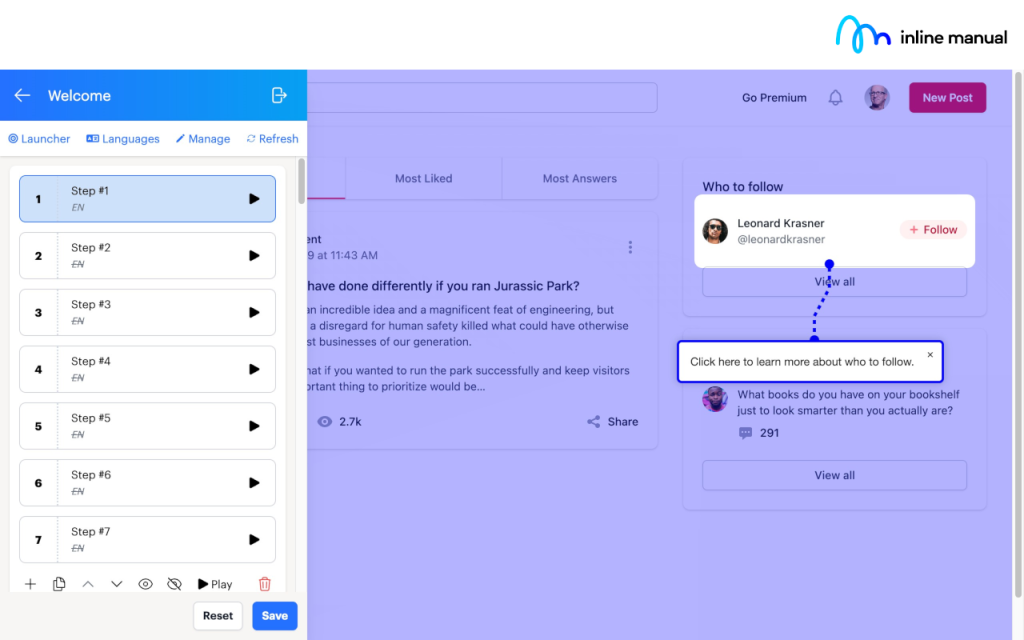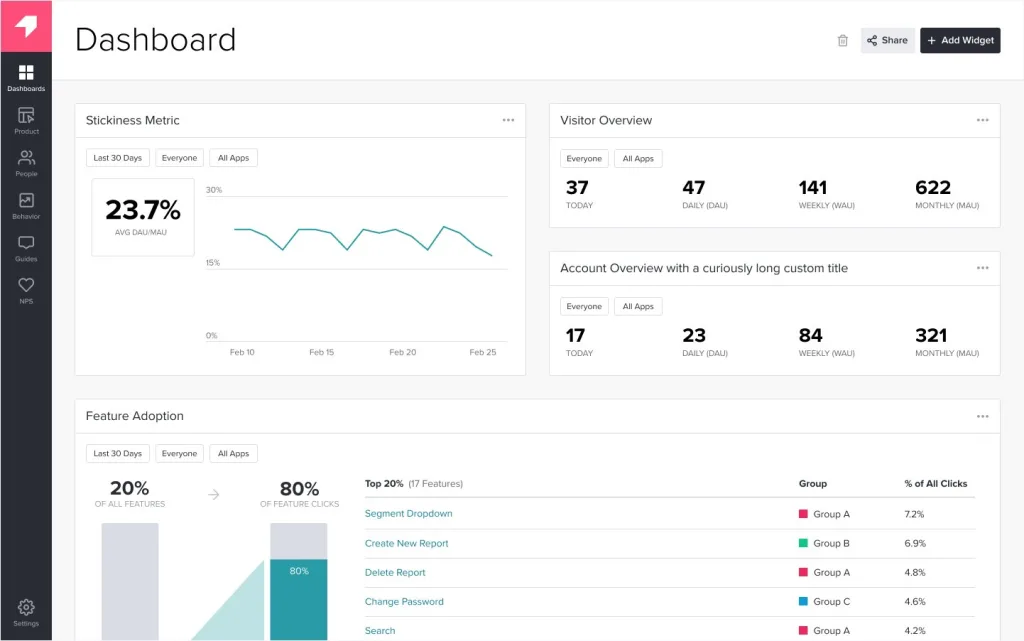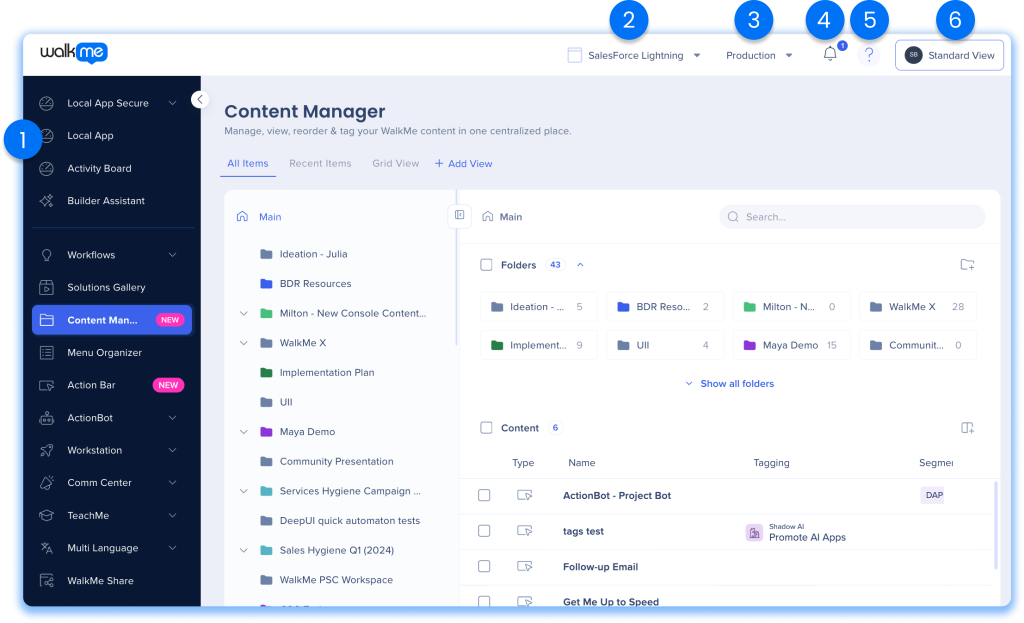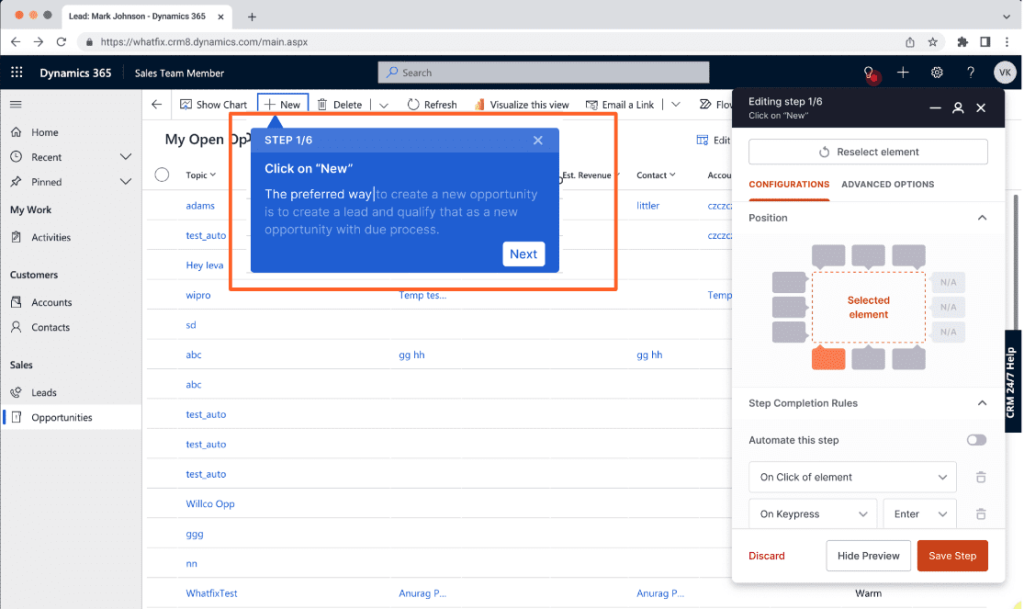
Customers have endless choices and can find anything they want online in seconds. This makes them more selective and demanding than ever before. Businesses must work harder to win customers, especially since 7 out of 10 people choose companies based on customer service quality.
Just having a good product isn’t enough anymore. Companies must focus on making customers happy throughout their entire experience, starting from day one. This is where the best practices of customer onboarding come in.
What’s Client Onboarding?
Just as you wouldn’t open the door and walk away, businesses can’t afford to leave new customers figuring things out on their own. Good onboarding creates a warm, supportive environment where customers feel valued and confident in their choices.
This process goes far beyond a simple welcome email. It’s about crafting a journey that guides customers from their first interaction to becoming confident users of your product or service. Standard client onboarding includes:
Welcoming activities
- Personalized welcome messages
- Initial setup assistance
- Quick orientation sessions
Educational resources
- Step-by-step tutorials
- Video demonstrations
- User guides and manuals
- FAQ sections
- Knowledge bases
Support systems
- Direct help channels
- Troubleshooting guides
- Regular check-ins
- Progress tracking
- Feedback collection
Innovative businesses create engaging tutorials, offer responsive support, and maintain regular customer communication. They understand that teaching customers isn’t just about explaining features – it’s about showing them how to achieve their goals.
Here’s Why Investing in Client Onboarding Pays Off
The impact of effective onboarding reaches far beyond those initial interactions. When customers feel supported from day one, they’re likelier to stick around for the long haul. They become not just satisfied users but enthusiastic advocates for your brand. This natural progression leads to increased customer loyalty, reduced support costs, and, most importantly, genuine word-of-mouth recommendations.
Consider the ripple effect: A well-onboarded customer quickly sees the value in your product, masters its features faster, and is more likely to explore additional services you offer. They’re also more forgiving when minor issues arise because they trust your commitment to their success.
Tips to Create a Winning Client Onboarding Strategy
The secret to successful onboarding is finding the balance between personalization and efficiency. Start by understanding each customer’s unique needs and goals. This doesn’t mean setting up an entirely new process for every customer but rather having flexible pathways that can adapt to different user types.
Clear communication stands as the cornerstone of effective onboarding. From the very beginning, customers should understand what to expect and when to expect it. Use straightforward language, avoid technical jargon, and always keep the door open for questions. Remember, confusion breeds hesitation, while clarity builds confidence.
Knowledge sharing is another crucial part of successful onboarding. Create resources that customers can access at their own pace: comprehensive guides and how-to’s, video tutorials, and interactive demos. The key is making these materials understandable and easily accessible when customers need them most.
Top 5 Tools for Efficient Client Onboarding
Today’s businesses increasingly use specialized onboarding software to enhance their customer experience. These tools help automate routine tasks while maintaining a personal touch. They can track customer progress, identify areas where users might be struggling, and provide timely assistance exactly when it’s needed.
However, technology should never replace the human element entirely. The best onboarding programs use technology to enhance rather than replace personal interactions. They create a perfect blend of automated efficiency and human touch points.
FuseBase

What started as a simple note-taking app has evolved into a powerful collaboration platform. FuseBase (previously known as Nimbus) stands out with its versatility and comprehensive feature set.
FuseBase excels at creating what it calls “super documents.” These dynamic pages can house everything from text and embedded videos to PDFs and third-party integrations. The platform’s organizational structure mirrors how we naturally think about information: organizations, workspaces, folders, and pages. This hierarchy and a tagging system ensure that information remains organized and accessible.
Perhaps most importantly for client onboarding, sharing content is refreshingly simple. Clients don’t even need their own accounts to access shared materials. The built-in client portal feature deserves special mention, as it creates a dedicated space for project information and updates, making it particularly valuable for SaaS companies managing multiple users.
Inline Manual

Inline Manual shines in creating interactive guidance without requiring coding knowledge. Its standout feature is the ability to design walkthroughs, pop-ups, and tooltips that guide users through applications or websites.
Its sophisticated version control system sets it apart, allowing businesses to maintain and update different versions of their onboarding content as their applications evolve. The branching feature enables personalized user journeys based on individual interactions and choices.
The platform’s analytics provide detailed insights into user engagement, helping businesses understand how their onboarding content performs. Starting at $158/month, it’s an investment in creating tailored user experiences.
Pendo

Pendo has made its mark by combining powerful analytics with user guidance capabilities. It collects and analyzes data about product adoption, user behavior, and feature usage patterns.
The platform’s integration capabilities are good. It works seamlessly with popular tools like HubSpot, Jira, and Microsoft Teams. Its in-app messaging system allows for targeted communication with different user segments, while the feedback collection features help businesses prioritize improvements based on user input.
WalkMe

WalkMe distinguishes itself through its contextual learning approach, delivering the right tutorial at the right moment. This timing-based guidance system significantly reduces users’ frustration with searching for help documentation.
The platform’s strength lies in its comprehensive analytics and interactive guidance features, providing real-time assistance through walkthroughs, tooltips, and on-screen prompts. Its behavior-based segmentation allows for highly personalized user experiences, while integrations with tools like Salesforce and Zendesk extend its functionality.
Whatfix

Rounding out our top five is Whatfix, a platform that can deliver contextual, interactive guidance. Its ability to create self-help widgets inside applications means users can access training content exactly when needed.
The platform stands out with its task list widget for new users and robust multilingual capabilities, making it accessible to global audiences. Compatible with all web-based applications, it supports content creation across major browsers like Chrome, Firefox, and Edge.
Wrapping Up
Each client onboarding platform offers unique strengths in the onboarding space. Whether you prioritize analytics, ease of use, or customization capabilities, understanding these differences can help you choose the best solution for your business needs.
The key is to consider your specific requirements. Factors like your user base size, technical complexity, and budget will all play crucial roles in determining which solution best aligns with your onboarding goals. After all, the best onboarding software is the one that helps your customers succeed while fitting seamlessly into your existing workflow.

